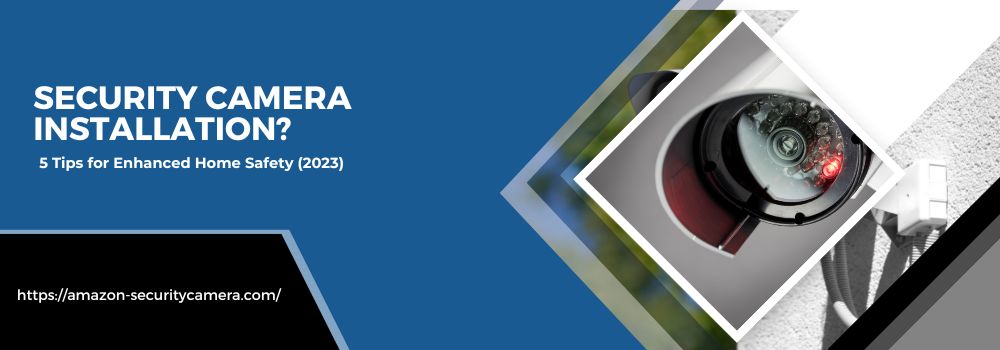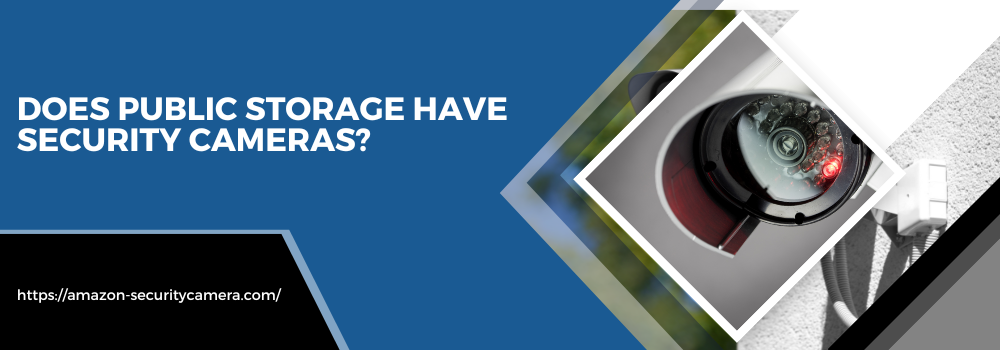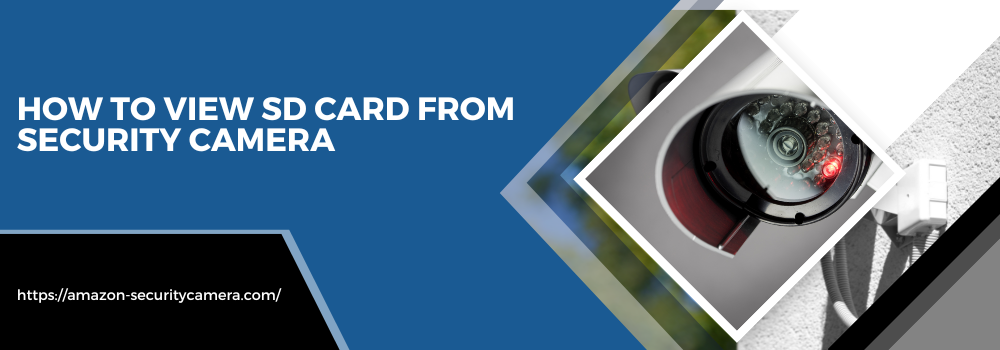In today’s world, securing your home is more critical than ever. Security Camera Installation?With escalating rates of crime and burglary, a well-installed security camera can be your first line of defense, providing an additional layer of safety. Here are five indispensable tips to enhance your home security through meticulous security camera installation.
The placement of your security cameras plays a pivotal role in your home safety. Remember to position the cameras at potential entry points like front and back doors, first-floor windows, and the garage door. Additionally, ensure the cameras are out of reach and tamper-proof to maximize their effectiveness.
Now, you’re not just securing your home — you’re creating a safe haven for your family. With a well-placed security camera system in place, rest assured, that peace of mind is no longer elusive. Let’s continue to dive into more insightful tips and elevate the safety standards of our homes. Make the right move now, because security is not just a concept, it’s a necessity.
5 Tips for Enhanced Home Safety with Security Camera Installation
Your home is your sanctuary, and keeping it safe and secure is a top priority. Installing security cameras can greatly enhance your home’s safety by providing an extra layer of protection. Whether you’re a homeowner, renter, or security enthusiast, here are five essential tips to consider when installing security cameras for enhanced home safety.
Before delving into the tips, let’s emphasize the importance of security camera installation for home safety. With the advancements in technology, security cameras have become more accessible and affordable, making it easier than ever to monitor your property and deter potential intruders.
Tip 1: Choosing the Right Security Camera
The first step in ensuring optimal home security is selecting the right security camera. Consider factors such as resolution, field of view, night vision capabilities, and whether you prefer wired or wireless cameras. Assess your specific needs and budget to make an informed decision.
Tip 2: Optimal Placement for Cameras
Camera placement plays a crucial role in maximizing their effectiveness. Identify key areas to cover, including entry points, front and back yards, the driveway, and common areas. By strategically positioning cameras, you can minimize blind spots and have a comprehensive view of your surroundings.
Tip 3: Regular Maintenance and Updates
To ensure your security cameras function optimally, regular maintenance is essential. Keep camera lenses clean, check connections periodically, and perform firmware updates as recommended by the manufacturer. By staying proactive with maintenance, you can rely on your cameras to capture clear footage when it matters most.
Tip 4: Integrating with Home Security System
Consider integrating your security cameras with a comprehensive home security system. This integration allows for seamless monitoring and control from a centralized hub. Ensure compatibility between your camera and security system, enabling a cohesive and robust home security solution.
Tip 5: Legal Considerations
When installing security cameras, it’s crucial to be aware of legal considerations. Familiarize yourself with privacy laws in your area, including consent requirements for video surveillance. Additionally, display signs indicate the presence of surveillance cameras to comply with local regulations and respect the privacy of others.
Common Mistakes to Avoid
While installing security cameras, it’s important to avoid common mistakes that can compromise their effectiveness:
- Ignoring blind spots: Thoroughly assess your property to identify potential blind spots and ensure adequate camera coverage.
- Overlooking indoor security: Don’t solely focus on outdoor security. Indoor cameras provide essential coverage and can help monitor activity inside your home.
- Using outdoor cameras indoors: Outdoor cameras are specifically designed to withstand the elements and may not function optimally when used indoors. Use purpose-built indoor cameras for interior monitoring.
- Neglecting to secure against hacking: Protect your cameras from potential hacking by using strong passwords, enabling two-factor authentication, and keeping firmware up to date.
Some Additional Tips
- Regularly check camera positioning: Ensure your cameras haven’t been moved or tampered with and still provide the required coverage.
- Consider camera resolution: Opt for high-resolution cameras for clearer, more detailed footage.
- Remember night vision: For outdoor cameras, invest in cameras that offer night vision to capture clear footage in low light.
- Invest in motion detection: Cameras with motion detection capabilities can provide real-time alerts when movement is detected.
- Don’t forget audio: Some cameras come with audio recording features. This can add another layer of security.
- Check storage options: Consider cameras with cloud storage options to ensure easy access to your recorded footage.
- Maintain your equipment: Regular maintenance and cleaning of your cameras is essential for optimal performance.
- Protect against power outages: Consider battery-powered cameras or a backup power source to keep your cameras operational even during power outages.
- Think about connectivity: Wireless cameras provide flexibility in terms of positioning and can be easier to install.
- Consider professional installation: If you’re not confident with DIY installation, consider hiring a professional to ensure your cameras are installed correctly and effectively.
Conclusion
By following these five tips and avoiding common pitfalls, you can enhance your home safety through effective security camera installation. Safeguard your property, deter potential threats, and gain peace of mind knowing that your home is protected. Invest in the right security cameras, position them strategically, perform regular maintenance, integrate with a home security system, and stay informed about legal considerations. With these measures in place, you can create a safer environment for you and your loved ones.
Faqs
Q: What does it mean for a security camera to have night vision?
A: Night vision in security cameras refers to the ability of the camera to capture clear footage in low light or even in complete darkness. This is achieved through technologies such as infrared (IR) illumination.
Q: How does motion detection in security cameras work?
A: Motion detection in security cameras works by sensing changes in pixels or using infrared sensors to detect movement. When these changes are detected, the camera can send real-time alerts or start recording.
Q: Why is audio recording important in security cameras?
A: Audio recording adds an extra layer of information to the security footage. It can provide context to the visual data, help identify individuals, or serve as evidence in legal scenarios.
Q: What are the advantages of cloud storage for security camera recordings?
A: Cloud storage provides easy and remote access to your recorded footage. It also offers better protection against data loss compared to local storage options.
Q: Why is regular maintenance of security cameras essential?
A: Regular maintenance ensures that your cameras are functioning optimally. This includes cleaning the lenses for clear footage and checking for any technical issues that may impede performance.
Q: What is the benefit of wireless security cameras?
A: Wireless cameras offer more flexibility in installation as they can be positioned anywhere within the range of the wireless signal. They eliminate the need for connecting cables and can be easier to install.



